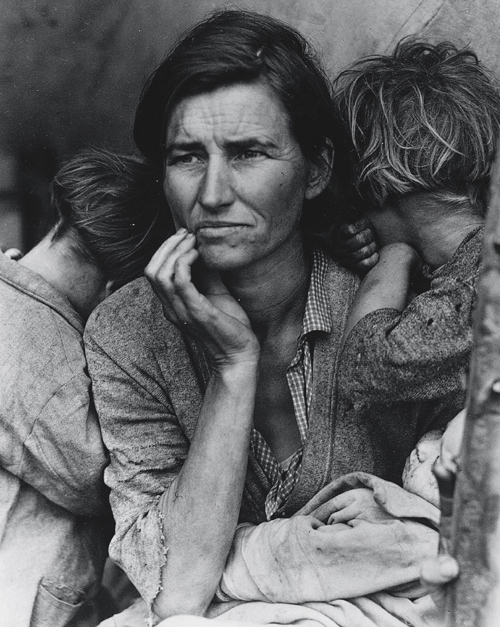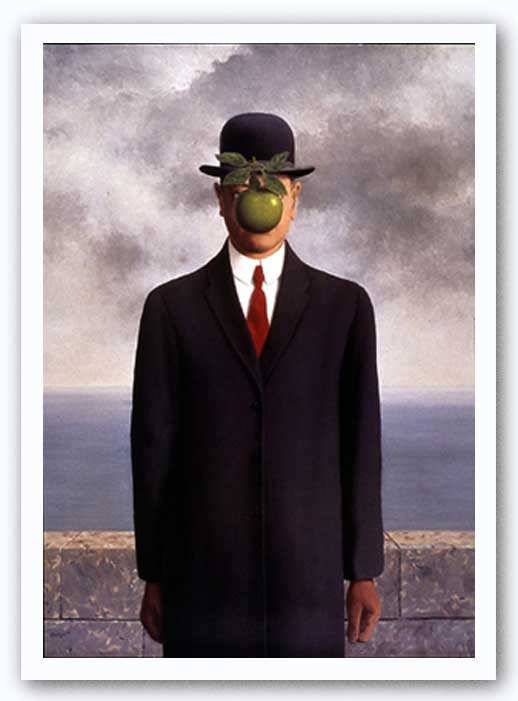Visual Analysis ENGL 1020 (Collaborative Essay)
To analyze something is to break it down into its parts to make sense of it more easily. But analysis doesn’t just stop at the breakdown. The breakdown is the beginning of understanding. Analysis provides a method for putting the whole back together again in a more meaningful way.
The analytical act tends to separate a whole into its constituent parts, an object into its elements. During analysis we take things apart so we can examine them, come to some understanding about the parts and their relationships, and finally, develop awareness of the chemistry or the logic that holds the parts together. Eventually, the analyst wants to put these individual components back together with a deeper understanding of the whole—the object itself and the idea it inspires.
Writers use analysis first to understand and then to record and demonstrate to readers what they’ve learned. The writing that accompanies analysis, especially in the early stages, is a form of exploration, a joint effort of the mind and the pen (or keyboard) to learn something about the thing being studied. Subsequent writing preserves the analytical spirit, revealing to readers significant parts of the writer’s learning process, and shows the reader how the writer’s thinking led to the idea being presented about the object so that, finally, the reader will have an experience similar to that of the writer.
Your assignment is to collaboratively write an essay of at least 3 full pages and no more than 4 describing and analyzing a professional photograph or painting. You should arrange your paper as a formal report. It needs to be in a formal voice (no personal pronouns, contractions, or slang) and should form a coherent whole (intro with a clear thesis, body, and a conclusion with a restatement of the thesis).
Rules for Collaborative Work
- Everyone in the group must make a significant contribution to the final product. You will create one essay as a group.
- Do not write individual sections and try to piece together an essay. This is a bad idea! Follow the scenario I mentioned in class.
- If a majority of the group members feel an individual student is not contributing his or her share to the project, this person may be voted out of the group. If this occurs, the individual voted out of the group must complete the project on their own and must forfeit the points for individual scoring (see below).
- I suggest making someone group captain/manager. It will be this person's responsibility to keep everyone on task.
- At the end of the project, everyone within the group will grade one another anonymously.
Important Tips to Keep in Mind
Avoid describing the painting or photograph in second person (you can see, you can hear…). It sounds too conversational for formal writing; it also sounds as if you’re telling the reader what he or she perceives. (Maybe they don’t see it.). Use present tense throughout and be consistent in your use of verb tense. Proofread carefully so that you don’t mix past and present-tense verbs in the same account. Use active verbs!!! Do not overuse the verb "to be." Too many sentences using "It was. . ." not only kill your prose; they can kill your reader.
Your subject will be
• a painting or photograph of your own choosing, but it must be available online so that the instructor and other members of the class can view your subject (See http://www.metmuseum.org/Works_Of_Art/index.asp
a painting or photograph of your own choosing, but it must be available online so that the instructor and other members of the class can view your subject (See http://www.metmuseum.org/Works_Of_Art/index.asp
We will be discussing the paintings and the photographs below and you should use those discussions to help you develop your own essay.
For a larger version of each work below, click this link:
Images for Visual Analysis
Dorothea Lange’s
 Kevin Carter’s
Kevin Carter’s
Questions to Ask About the Photograph or Painting
To help you write the essay, you should consider the questions below.
Your analysis
You will need to go beyond just describing the photograph or painting. You will also need to analyze it. Your description should lead you (and your audience) to discover its meaning. For each descriptive detail you consider including in your essay, you should ask yourself a simple question: “So what?” Why is what you are describing important? What does it mean? In your essay, you should avoid including descriptive details if you do not explain their importance.
While their may be no “right” or “wrong” interpretation of the painting or photograph you write about, there is quite a difference between a weak and strong interpretation. Your analysis will be strong, and thus convincing to readers, if you draw logical conclusions from the details, making clear connections between your interpretation and the specific details of the photograph or painting, and if you organize and explain your ideas clearly and logically.
For specific techniques for you to use while writing your essay please refer to the Techniques for Visual Analysis from your class notes and the Strategies for Understanding Visual Representations above. When writing your essay keep the following methods in mind:
• Look/Analyze/Communicate
Look/Analyze/Communicate
• Be objective and open to various ways of seeing
Be objective and open to various ways of seeing
• Interpretation/Analysis: Use the strategies for Understanding Visual
Interpretation/Analysis: Use the strategies for Understanding Visual
• Help others understand the object as you do
Help others understand the object as you do
Format
Your essay should have a title. It should also be typed, double spaced, with one-inch margins all around, Times New Roman Font, & 12 pt. Refer to your handbook, Rules for Writers, for other questions about format.
See Harmon's Hall of Fame for examples of student papers.
NOTE: Keep all planning work, brainstorming, freewriting, clustering, peer critiques, reflections and versions of the essay to hand in with the final version of the essay.
Your grade for this essay will be determined as follows:
Total Possible Points: 40/
Individual Scoring ( 12 points):
Score for individual score for contribution to in-class drafting/invention and overall contribution to project (graded by group members).
Group Scoring (28 points):
Focus (7.53 points): Does essay have a clear purpose? Provide the reader with a deeper understanding of the photograph/painting? Present s clear meaning/interpretation?
Development (7.53 points): Are there detailed descriptions of the painting/photo? Does the writer avoid giving detail without illustrating importance? Does the writer break the work down into individual components and discuss their importance to the work as a whole? Does the writer make use of the strategies for understanding visual representations? Does the writer use this knowledge to create a basis for breakdown with the purpose and audience squarely in mind? Help others understand the image as they do?
Organization (7.53 points): Do ideas and paragraphs proceed in logical and apparent sequence or pattern? Does writer use sufficient audience cues to let the reader know what has been discussed, what is being discussed, or what will be discussed? Does writer use attention-getting title and lead-in, paragraph hooks, transitional words and phrases? Does writer guide the reader from beginning to end?
Style (2.8 points): Is language clear direct and readable? Are sentences clear, concise, and easily read by intended audience? Is word choice appropriate for audience? Do sentences reveal and sustain appropriate voice and tone?
Mechanics (2.7 points): Are there obvious errors in spelling, punctuation, and grammar? Are there patterns of error?
NO INVENTION WORK (-3 POINTS)
NO 1ST DRAFT ON DUE DATE (-3 POINTS)
NO PEER CRITIQUE (-3 POINTS)
NO REFLECTION (-3 POINTS)
NO PROCESS=NO GRADE
Grading scale:
A 36-40
B 32-35
C 28-31
D 24-27
F 0-23





